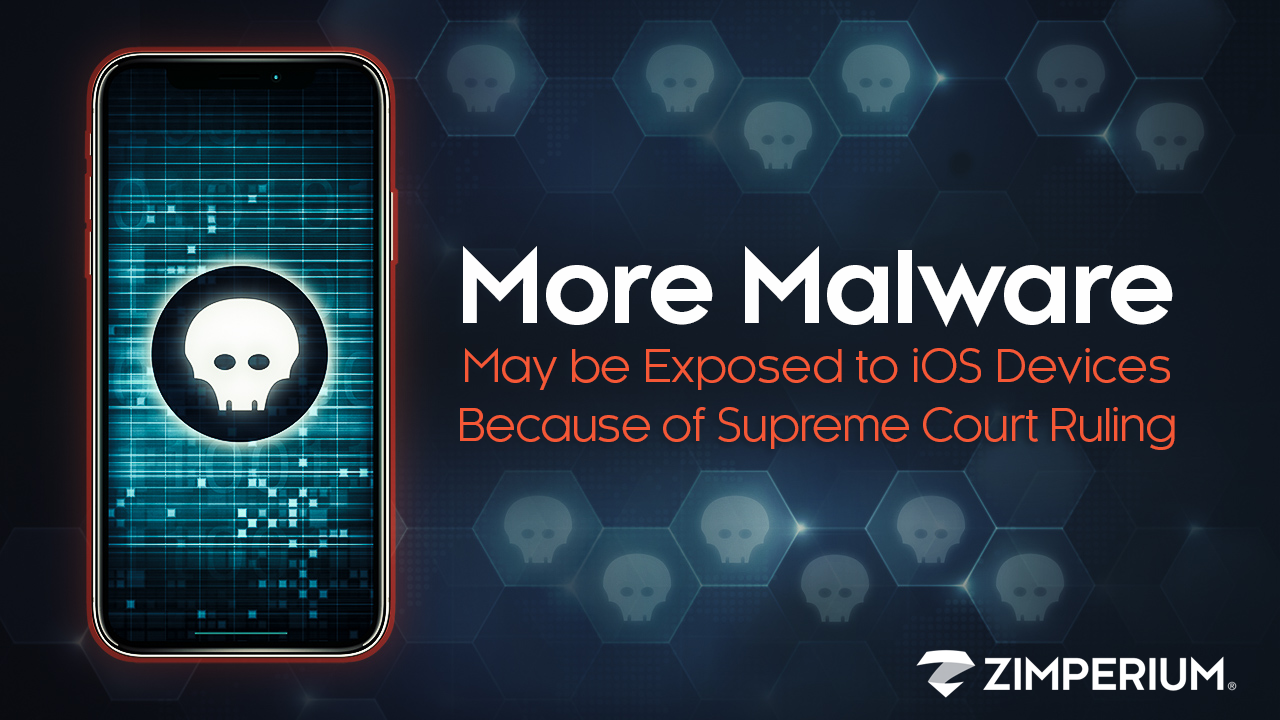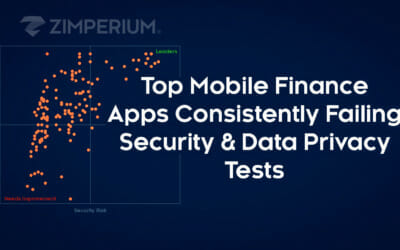According to The Wall Street Journal’s article Apple Loses Bid to End App Antitrust Case in Supreme Court, “Consumers can sue Apple Inc. for forcing them to buy apps exclusively from the tech giant, the Supreme Court ruled Monday, threatening billions of dollars in revenue that the company is counting on to make up for slowing iPhone sales.
“The antitrust suit alleges consumers pay inflated prices because Apple requires that all phone software be sold and purchased through the company’s App Store. Apps would be cheaper if software developers could sell them directly and bypass Apple as a middleman, the lawsuit alleges.”
An unintended consequence of the ruling could be an increase in malware finding its way onto iOS operated phones. In the Wall Street Journal article, we point out the following: “Apple’s practice of vetting apps and developers, as well as its prohibition of third-party app stores, has resulted in it having about one-tenth the amount of malware on its iOS operating system as Google does on the Android operating system, said JT Keating, vice president of product strategy at Zimperium, a mobile security company.”
Monopoly issues aside, malware could be a real issue. That is, malware could be a real issue for those companies not using Zimperium.
The reality is, the Zimperium platform leverages our award-winning, disruptive and patented machine learning-based engine, z9, to protect mobile data, apps and sessions against device compromises, network attacks, phishing attempts and malicious apps.
Today, the “bad guys” are targeting mobile devices more and more because they realize mobile devices are an endpoint, containing the same information as the traditional endpoint (e.g., servers, desktops and laptops).
Mobile devices are now the de facto platform for productivity in business. The traditional computing devices upon which enterprises have focused their security and compliance efforts represent only 40 percent of the relevant endpoints. The remaining 60 percent of devices are mobile.
Learn More About Malware
If you would like to learn a little more on the topic, we recently conducted two free webinars on malware. In “The Mobile Security Deadly Sin of Allowing Mobile To Deliver Ransomware” (ransomware being a type of malware) we discussed:
- Real-world scenario of how hackers attempted to deliver ransomware to a company via a mobile device;
- How ransomware differs on desktop vs mobile; and
- What can be done to prevent ransomware from being delivered via mobile devices.
In “Protecting Your Customers from BankBot,” we discuss how BankBot, an Android-targeting malware, used fake overlay screens to mimic existing banking apps to fool users and steal credentials. In this webinar we discussed:
- How BankBot affects mobile banking users;
- How to protect your mobile app and users from mobile malware like BankBot; and
- Real world example of what one bank experienced in the first 30 days after deploying protection in their mobile banking app (Hint: Hundreds of thousands of threats, and visibility to prevent fraud in exposed accounts, protecting over a billion dollars for customers).



